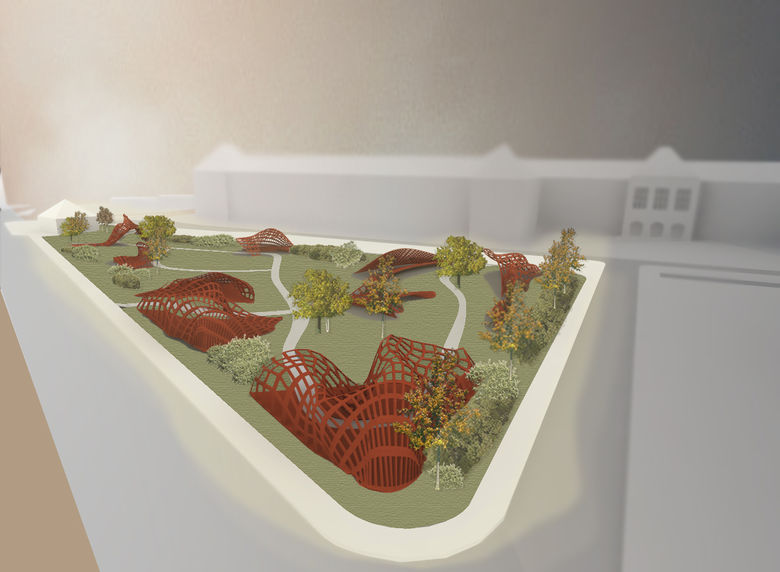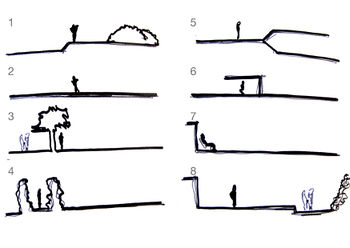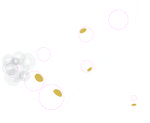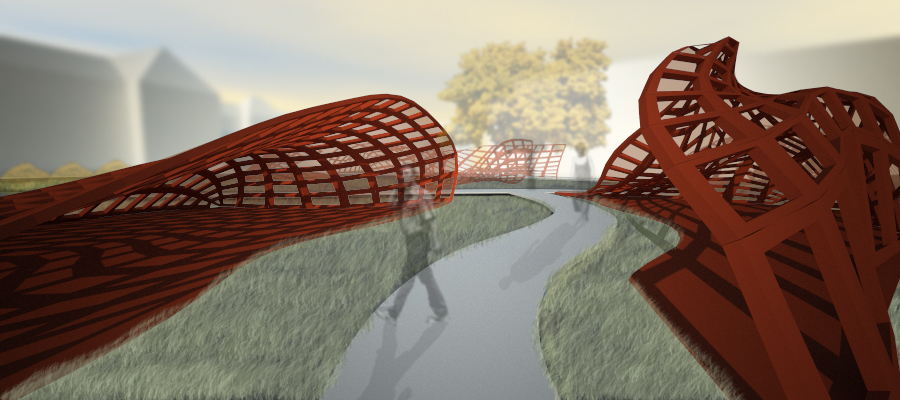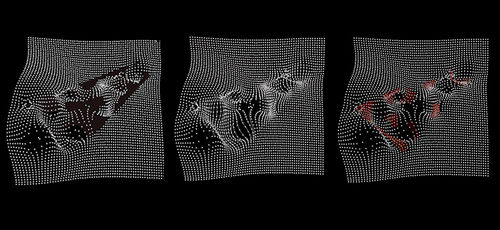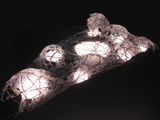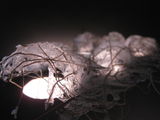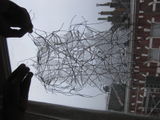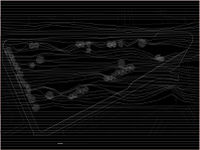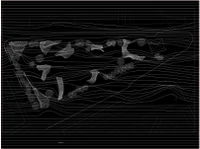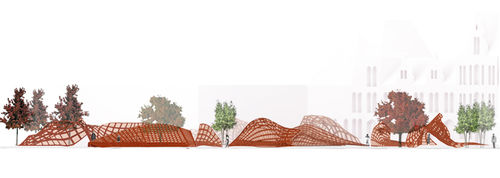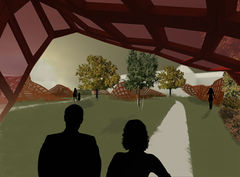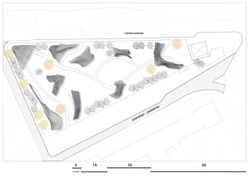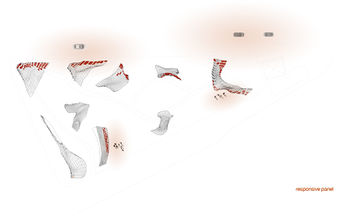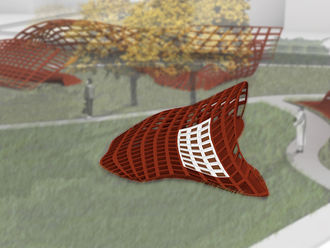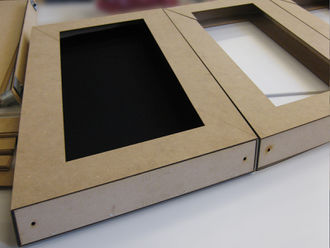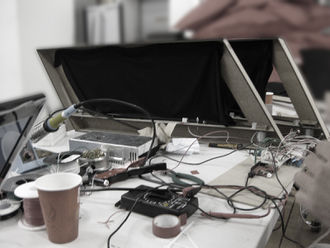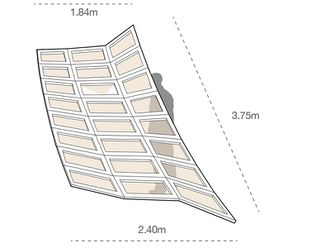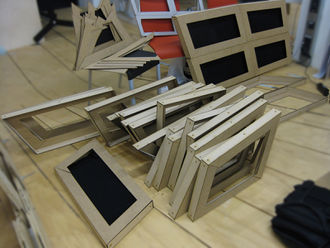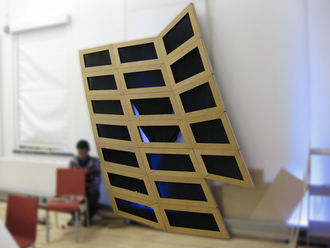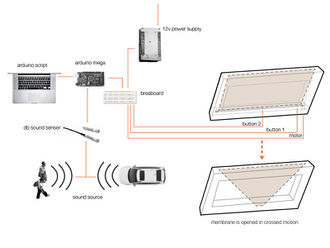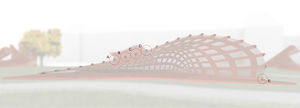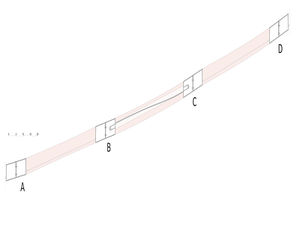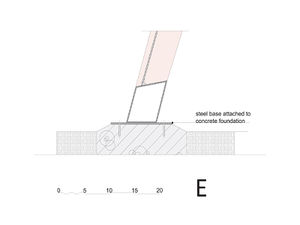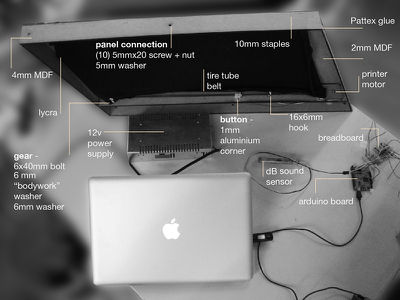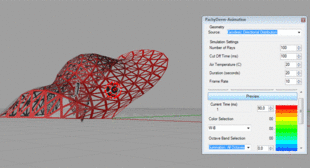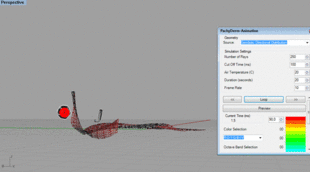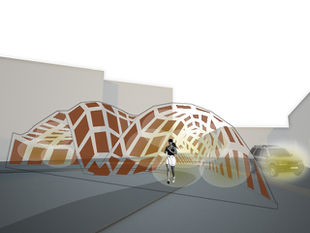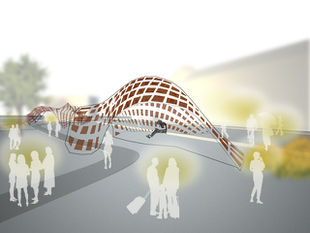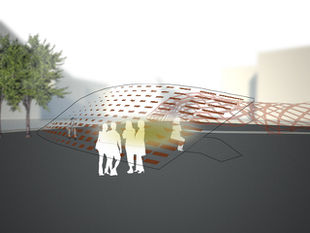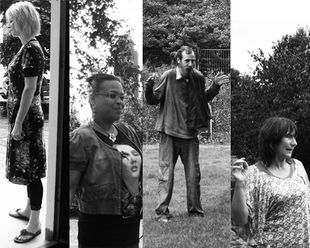project D:Home
Contents |
De Vries van Heystplantsoen soundscapes
sounds of the urban park
volume ON
"Experience is the crystallization in a field of raw sensations - aromas, colours, textures, fears; which are held together by habit. Habit is a non-linguistic repetition of ideas in everyday life." - Manuel De Landa
The user's meaning of a park includes fixed ideas such as green, open, tweeting, serenity, intimacy,companionship etc; these create a specific definition of a park. Every time the word park arises, these exact memories are recalled; but what is missing in the user's association for the De Vries van Heystplantsoen -an urban site- is the idea of a car,in both vision and sound. Because the noise of traffic is foreign to their basic meaning of park, they are disturbed by the actual reality.
The project's intention is to include the car and external sources into the user's combination of ideas of an urban park. Since the main contradiction is due to sound, the project will revert the negative perception of noise into a positive aspect of an urban park, furthermore add the idea of traffic into the habit of urban park.
soundscapes
A soundscape is a sound or combination of sounds that creates an immersive environment - confrontation of sound sources. The idea of soundscape refers to both the natural acoustic environment, consisting of natural sounds, including the sounds of weather and other natural elements; and environmental sounds created by humans activities including conversation, play,etc and sounds of mechanical origin resulting from use of industrial technology.
De Vries van Heystplantsoen soundscapes consists of 8 areas, originally developed as atom 3. These areas are characterized by different spatial and acoustic qualities, that means areas which are reflecting or absorbing sound. The geometries are activated by all present sound sources on site, mainly traffic and users. The visitor can experience the contrast between areas by following a main path across the site, and by understanding the acoustical qualities of each space, it is possible to perform different activities throughout the park.
Because the site is an urban location, and a link between campus buildings, secondary connections have been placed to disrupt the main path and connect BK city and science center more effectively, furthermore this adds variety to possible space sequences.
The site is a linkage and invites people in. Because of the developments going on at the borders of the site, new student housing, the safety won't be an issue anymore. There will be an eye on the site both during day (the users) and night (possible users who want to have a rest at the benches and the students who live in the student houses which are surrounding the site).
design
A field of attractors and repellents is used to find the principle of forming the space. The former attracts the points from the grid to create surfaces, whereas the latter repels them to create open areas. The connections of the neighbouring points are curves to be used for the framework of the acoustic panels, the materials chosen have different acoustic qualities to be adapted to each one of the 8 areas.
A study of a glue model reveals the behaviour of a wrapping on the framework; by fitting panels, the framework allows the geometry to affect the sound conditions - as seen on the extreme condition chambers- and the panels to intensify the effect.
study: space and sound 8 spaces>>
prototype
After formalist completion of the spaces, the geometries derived were double curved. It was important for the panels composing the structure to respond to this condition with the flexibility to maintain curvature but also structural stability. Using a small scale prototype, it was established that curved surfaces were obtained by custom fabrication of each member, furthermore, it was necessary to divide both top and bottom faces of the panel for this particular method of fabrication. In actuality this panel system would be a steel composition, due to it's compressive and tensile abilities but also for its flexibility, enabling the project to maintain its double curved geometries.
Due to the variable conditions in sound direction (wind, plantation density and sound sources), some of the panels shaping soundscapes are designed to open the interior membrane (PET and Silicone); these panels are directed towards current and future sound sources; by adding this panels to the spaces, they can adapt and optimize the effect proposed on the conceptual sound map.
The aperture of the panel is possible by means of a of a belt mechanism fastened to the two corners of the membrane, the opposite corners are fixed to the panel frame, when the motor is in activated the membrane corners are crossed opening the panel and filtering sound into the space.
Because this process should be an immediate reaction to sound, the mechanism for the prototype responds to a sound sensor, this sensor which reacts to changes in decibels, is connected to an arduino board which dictates precise operation of the motor.
prototype evaluation
For effective movement of the motor and membrane, the belt should be groved to match the gears of the motor- this would be effectively custom made for this specific construction. In order to maintain the belt leveled, it is necessary for the fixed side of the membrane to be on limited motion tracks, as they allow some move movement and not force the belt to be pulled.
Membrane connection to the belt should be by means of clips strong enough to fasten the membrane by light enough to not weight the belt down- The membrane should be easily removed, therefore the outer face of the panel should slide and clip into place. During the assembly of the prototype the difference between theoretical and practical practicability came through. Therefore it is really important to take in account the assembly method and the dimensions of the tools used to assemble it when detailing a construction. To give an example: the holes to place in bolts to connect the different panels to each other were detailed in the very corner but because of the skewed geometry of each panel it turned out to be really hard and sometimes impossible to get a bolt through the holes.
technical information
To achieve the different properties of each area three different panels with different kind of material or material configuration are used. Each panel is evolved out of a standard panel and customizd to its position within the geometry.
realization plan
research
Psychoacoustics is the scientific study of sound perception. More specifically, it is the branch of science studying the psychological and physiological responses associated with sound.
In order to understand the immense potential of psychoacoustics and its effect for The De Vries van Heystplantsoen intervention, project D organized a series of experiments to get a sense of the most extreme spatial sound scenarios-an anechoic chamber(wave reflection free) and an echo room. By identifying their spatial and experiential characteristics, the project can apply sound/space/experience variation to the 8 points developed as atom 3.
conclusions
1. Partial absorption of external sound in comfortable / permanent areas can be applied to create collective spaces and areas for speech purposes.
2. Areas with with higher reflectivity can only be transitional.
3. Ambient noise does not translate directly into annoyance.
4. Similar spaces / experiences should not be adjacent.
validation
The sound transmission is simulated in Pachyderm to validate the spatial results. The geometry of spaces and their curvature play indeed an important role of reflection and absorption. Specifically, concave surfaces succeed in reflecting more the sound waves in particular areas, whereas convex surfaces diffuse them.
experts and validators
Edwin van der Heide - concept, materialisation
Dieter van Doren - concept, materialisation
Martin Tenpierik - physics, materialisation
Henry den Bok - physics, experiments, acoustics
Erik van Hunnik - chairman TUNoord
user scenarios
experiential purpose of soundspaces- Every entity producing sound is a possible sound source. The receivers while strolling around the park, or sitting at a point, can therefore perceive different sound levels; sound levels constantly changing, but controlled from the surfaces and their material, in order not to conclude with an extreme result. The possible users choose the area they need for the specific purpose (meeting point, relax, read, play, chat) not only by the spatial qualities (shelter, open area, wall, sitting), but also by the sound qualities each time. Thus, the changing of sound attributes makes it attractive to visitors, to explore different aspects of the same space; making it a different experience every time one enters the park.
personal scenarios - During the conceptual stage of soundscapes, atom 3 conducted an interview where members of the community shared their opinion on the park. From all the interviews, the 4 more contrasting cases were documented and now serve as example of the project's response to the initial challenge. Because of the diversity of spatial and acoustical areas, soundscapes adapts to a variety of activities with different levels of permanence, seating and acoustical privacy; this attracts students, staff and neighbours to enjoy different kinds of outdoor activities as a community. The project can be experienced as a link between the school of architecture and the science centre, as a journey troughout the park, or as an area for long-term activity such as reading or simply to contemplate the rare typology in Delft that is the urban park.
